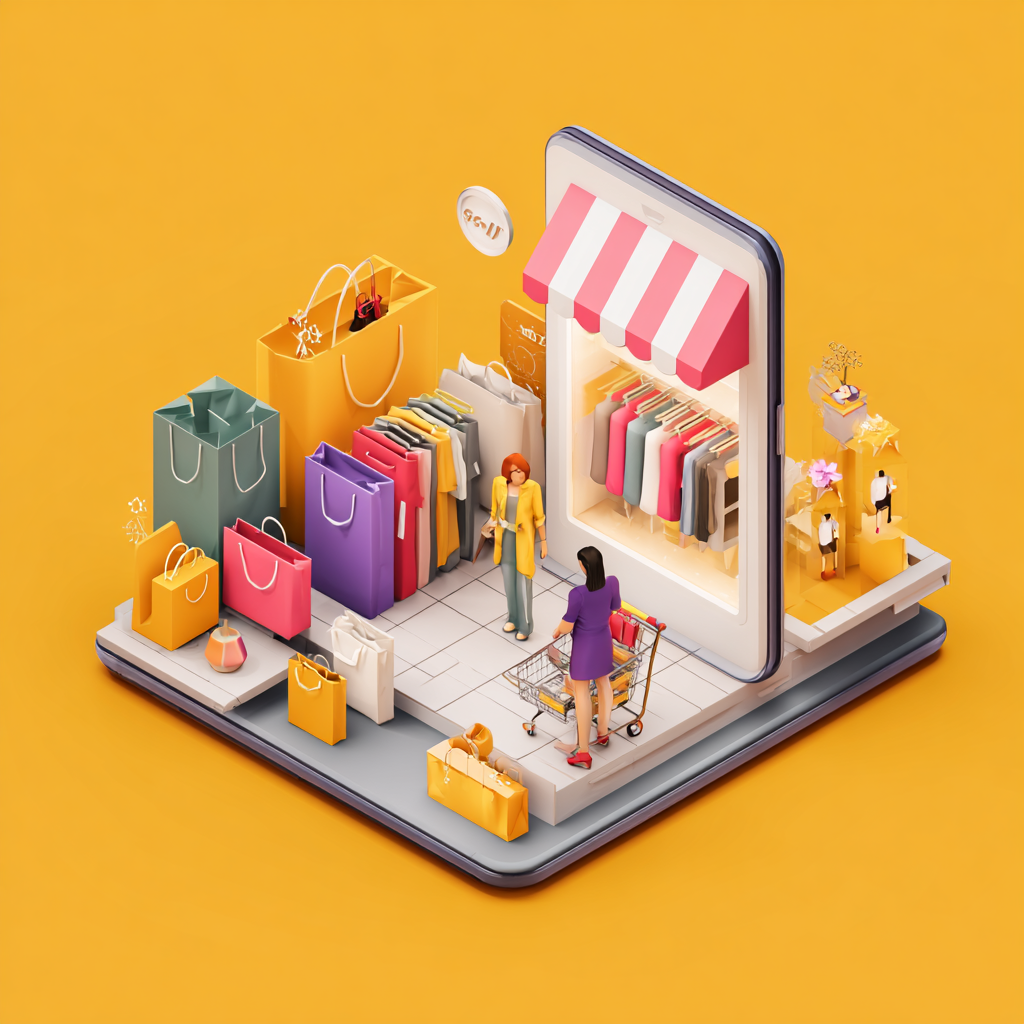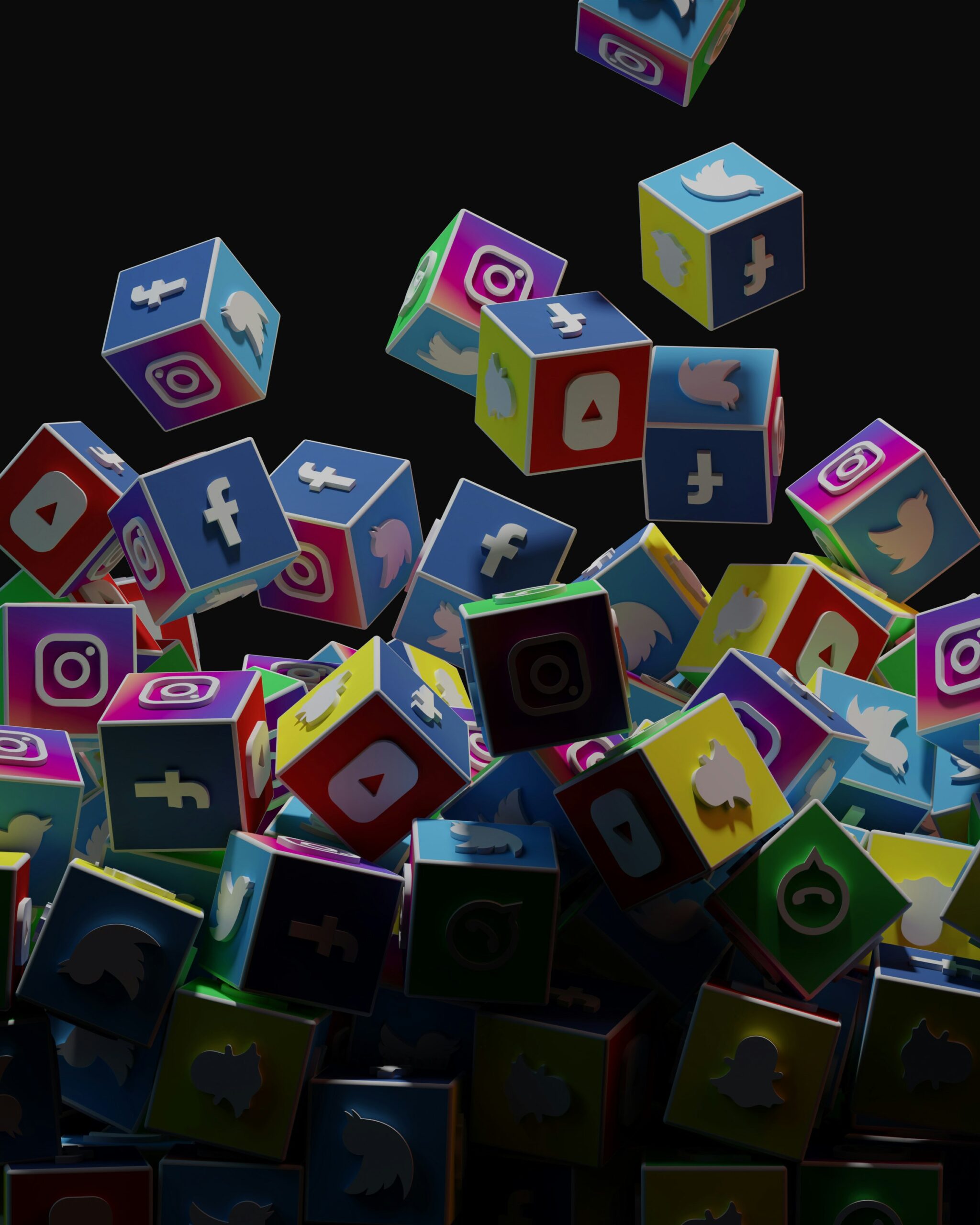The Psychology Behind Effective Loyalty Programs: Why Your Customers Keep Coming Back
July 25, 2025 | by qqvmedia.com

A punch card. A points app. A surprise birthday reward. These are more than just marketing tactics — they’re deeply rooted in human psychology.
The most effective loyalty programs don’t just give discounts — they tap into the brain’s reward systems, build emotional connections, and subtly influence behavior.
Let’s break down the psychology that turns casual buyers into devoted brand advocates.
🧠 1. The Power of Positive Reinforcement
At the core of every loyalty program is positive reinforcement — the act of rewarding behavior to increase the likelihood it’ll be repeated.
When a customer earns points, receives a discount, or unlocks a reward, they feel gratified. That satisfaction boosts dopamine — the brain’s “feel-good” chemical — and reinforces the desire to return.
Why it works:
- Triggers the brain’s reward circuitry
- Turns shopping into a habit loop (cue → action → reward)
- Customers begin to associate your brand with pleasure and gain
🎯 2. Goal Gradient Effect: Closer Means Faster
This concept, first studied in loyalty card usage, shows that the closer people feel to a goal, the faster they work to complete it.
For example, someone with 8 of 10 stamps is more motivated than someone with 2 of 10 — even if the reward is the same.
Smart strategy:
- Give users a “head start” (e.g., pre-load 10 bonus points)
- Show progress bars or completion percentages
- Send reminders: “You’re 1 visit away from a reward!”
💡 3. Endowed Progress Effect: Fake Progress Feels Real
Psychologically, even artificial advancement can dramatically increase engagement. Studies show that giving someone an “8-stamp card with 2 already filled in” leads to more redemptions than a blank 6-stamp card — even though both require the same effort.
Use it like this:
- Pre-fill part of a customer’s goal on sign-up
- Offer “Welcome bonuses” or “Starter perks”
- Show visual momentum from the very first interaction
🤝 4. Emotional Loyalty vs. Transactional Loyalty
Most brands focus on transactional loyalty — rewards based purely on spending. But the strongest programs tap into emotional loyalty, which is driven by connection, identity, and meaning.
People stay loyal when they:
- Feel recognized (name usage, personalized rewards)
- Feel part of a community (VIP tiers, exclusive access)
- See alignment with their values (sustainability, local focus)
Emotional loyalty builds advocacy, not just repeat purchases.
🔁 5. Commitment & Consistency
According to psychologist Robert Cialdini, once people commit to something, they’re more likely to stay consistent with it.
Loyalty programs create micro-commitments:
- Signing up
- Earning a few points
- Checking reward progress
Each small step increases psychological ownership — making customers less likely to switch to competitors.
🧠 6. Loss Aversion: Fear of Missing Out (FOMO)
Humans are more motivated to avoid losses than to chase equivalent gains.
Loyalty programs use this by:
- Offering expiring points or rewards
- Showing “Don’t lose your progress” nudges
- Sending reminders like “Only 3 days left to claim your reward!”
The fear of missing out can be a more powerful motivator than the reward itself.
🏆 7. Social Proof & Status Signals
VIP tiers, badges, and exclusive access don’t just reward — they signal status.
Customers love to feel like insiders or top-tier members, and seeing others share loyalty perks (on social media, reviews, etc.) reinforces the idea that loyalty = value.
Examples:
- “Gold member” badges
- Shareable rewards
- Leaderboards or referral rankings
✅ Putting It All Together: Loyalty Isn’t Just a Program, It’s a Strategy
Here’s how to build your loyalty program with psychology in mind:
| Principle | Implementation Tip |
| Positive reinforcement | Reward early and often |
| Goal gradient effect | Show progress, create tiers |
| Endowed progress | Start users with free points |
| Emotional connection | Personalize offers, tell your brand story |
| Consistency & commitment | Encourage small sign-ups, simple actions |
| Loss aversion | Add time limits and use it or lose it logic |
| Status and social proof | Reward levels, referrals, visible achievements |
🔚 Final Thought: Loyalty Is Psychological
You’re not just building a point system — you’re building a relationship.
The best loyalty programs make customers feel rewarded, recognized, and important — and that’s a formula no discount code can match.
Looking to create a psychology-driven loyalty app or system?
We help brands craft loyalty strategies that go beyond points — and create customer behavior that lasts.
RELATED POSTS
View all


